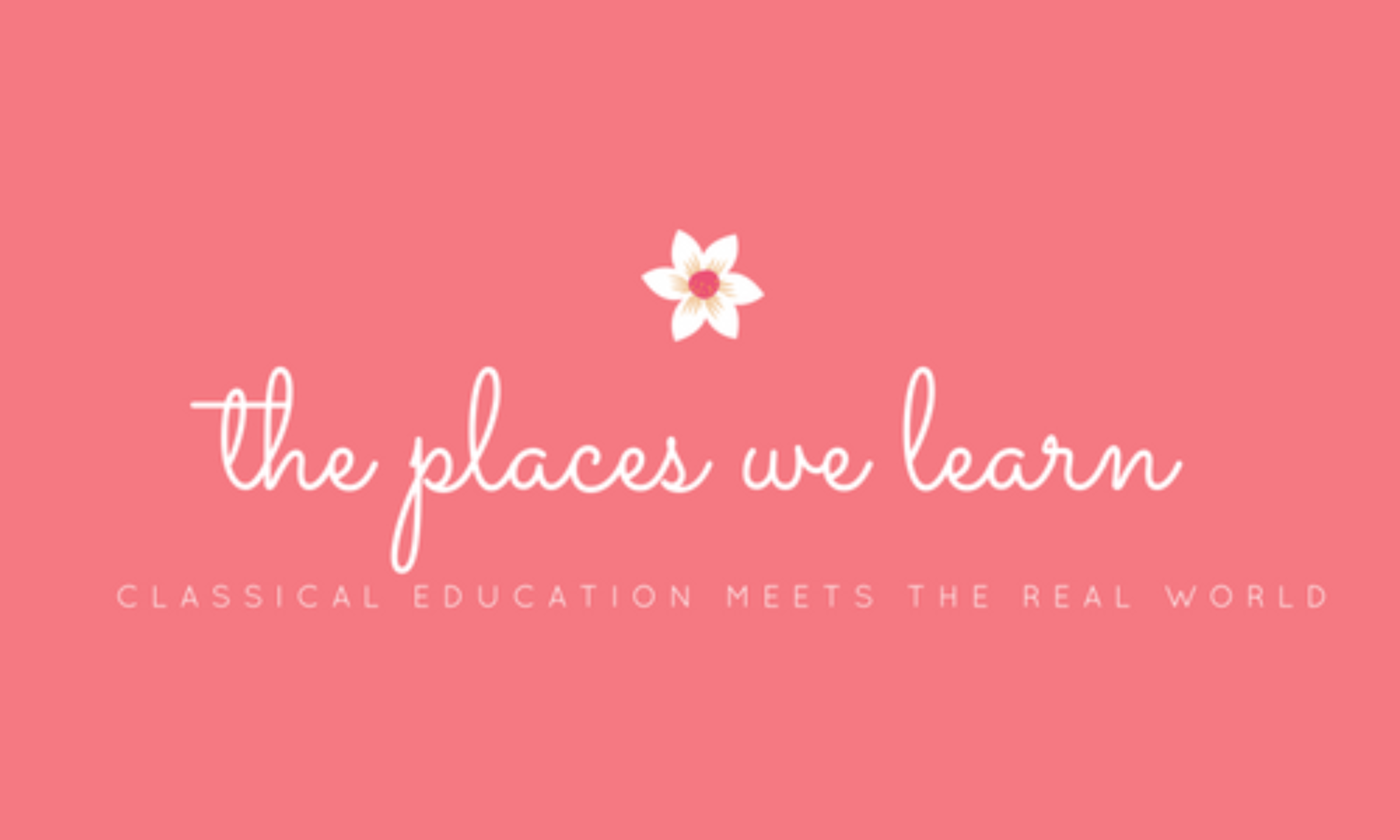One of the core elements of the Classical Education model is subject integration, the idea that no piece of knowledge belongs by itself, unconnected to everything else. Everything is connected and knowledge is not a row of boxes, some overflowing because you are good at math and history empty because it doesn’t interest you. No. Knowledge should be a big messy, tangle of strands connecting all different points all over your brain. In classical education, when we study a scientist, we learn what was happening in the world at the time he was alive (history), we learn about his discoveries (science and usually math), we learn where he lived and worked (geography), we read about him and probably write a paper (English grammar/exposition/language arts). Just because he came up in SCIENCE class does not mean that you tuck Galileo neatly in the science box and your brain and move on. He connects to all the things you’ve learned in so many other subject areas.
And here’s the thing. When you connect Galileo to ALL your subject areas, he’s now tied down to your brain with five connection strands. If you just stick him in a science box, there’s a good change he will up and walk away while you are doing math!
After awhile, these connections can begin to happen naturally. Kids LIKE seeing that what they study in a less favorite subject has connections to the ones they really enjoy. If they love math but Latin, seeing math terms that have a Latin derivative can help them appreciate Latin in a little more. But at first making these connections takes some effort on our part as parents.
One way that I have implemented encouraging these messy, messy strands weaving through our brains connecting all our new information, is with a poser board visual.
We started with a blank board and wrote out all six strands of Challenge plus a few extra things. I decided to use this particular board in my Challenge B class, but it is easily implemented at home, too.

And then as discussions go on and connections are made, we draw a line. And then more lines.

And more. And more.

And more.

I suspect that by the end of the semester there will be no white space left on our board. And that’s amazing. Because these lines represent every time someone realized that Logic is a lot like math, and that our persuasive writing structure is really helpful in debate, and that the catechisms memorized last year seem to pop up an awful lot in research, oh and was that another latin word in our writing class this week?
I strongly encourage home school moms who use the classical education method to put up a poster board like this somewhere visible and let the kids make those connections as often as possible. It’s also a great conversation starter! “I noticed you drew a line from Latin to Math. What connection did you make?” This will lead to more interesting discussions in your home than just asking “what did you learn in math today?”
Some ideas:
You could assign each family member a color to use so that everyone knows who made the connection.
You could choose a different color each week to see how the ability to make connections grows over time.
You could put the board near your dining table and spend dinner discussing any interesting connections made that day.
A poster board costs less than a dollar–this is such a cheap and easy tool to help your children hold on to what they learn, to get the most of the classical model, and to foster great conversation in your home.
